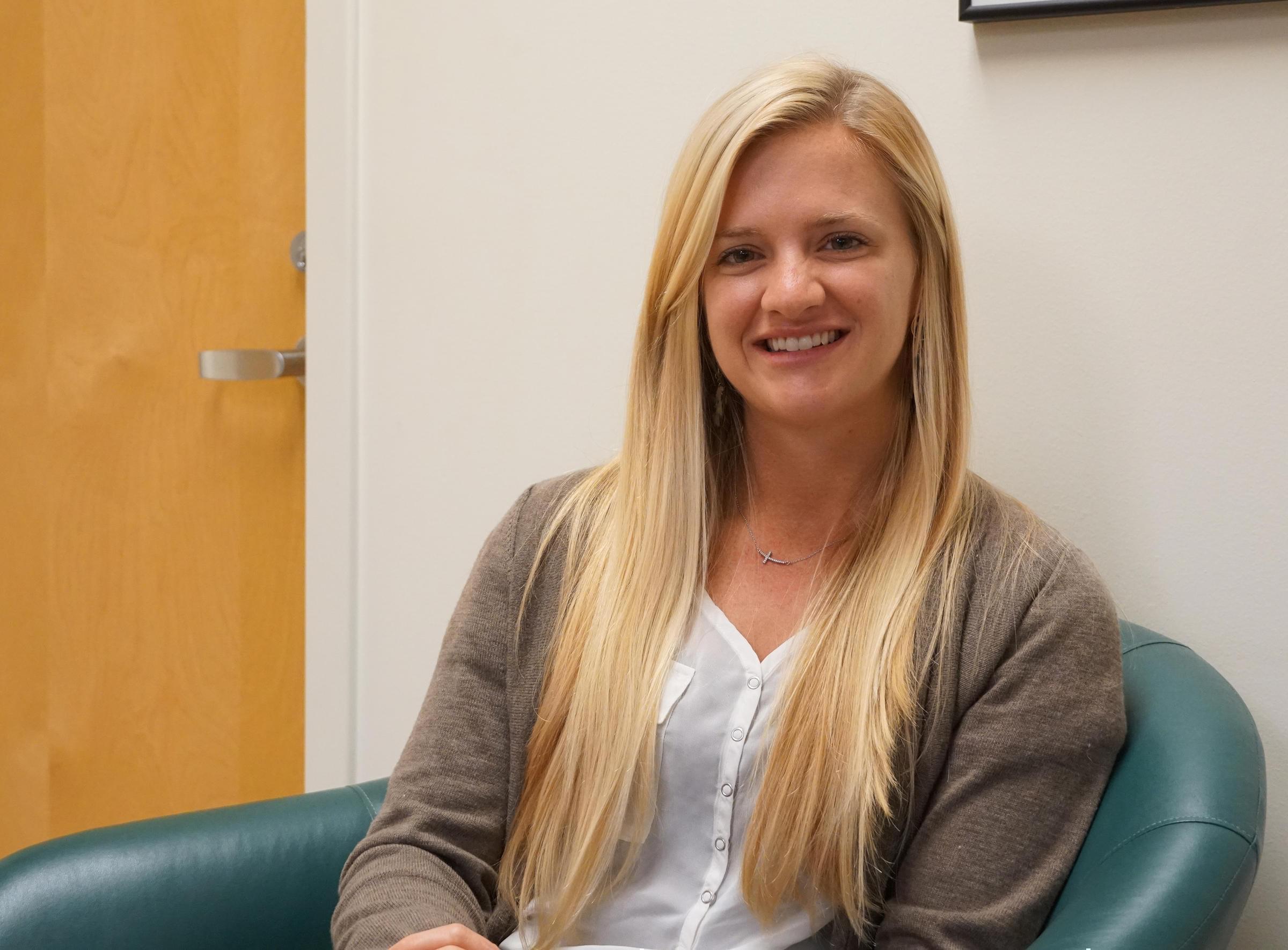More Young People Are Getting Skin Cancer — And That Troubles Doctors

Rates of head and neck melanoma among young people increased by more than 50% from 1995 to 2014, according to new research from St. Louis University. Maxineira/Flickr (CC BY-NC-ND 2.0)
The deadliest form of skin cancer is becoming more common in children and young adults.
Head and neck melanoma cases in young people rose more than 50% in the U.S. and Canada in less than two decades, according to new research from St. Louis University. Melanoma rates have increased the fastest among young white men — a group often overlooked in skin-cancer-prevention campaigns.
Some people are at a greater risk of developing melanoma than others due to genetic mutations, but exposure to ultraviolet light is a major factor.
Melanoma is “not just an older person’s disease,” said SLU medical resident Haley Bray.
“People don’t think they’re going to get melanoma at 20 years old, but this can happen at a young age,” said Bray, a co-author of the study published in JAMA Otolaryngology-Head & Neck Surgery. She developed an interest in the topic after a child in her church was diagnosed at age 10.
Melanoma rates are increasing overall among young people, but Bray wondered whether these patterns held true for melanoma of the head and neck, which has a lower survival rate than similar cancers on the rest of the body.
To investigate, the team examined the records of about 12,000 patients under the age of 39 diagnosed with head and neck melanoma in the U.S. and Canada.
In the U.S., melanoma rates inched up 4.7% each year from 1995 to 2000, then slowed slightly to a 1.2% increase per year between 2000 and 2014.

St. Louis University medical resident Haley Bray led the study on head and neck melanoma rates in young people.
Non-Hispanic whites, older people and men were diagnosed at higher rates — but anyone, including people with darker skin, can develop the disease.
That doesn’t surprise Dr. Brian Matthys, a Kansas City dermatologist.
“It mirrors what I see in my clinical practice everyday,” Matthys said, whose team diagnoses at least one case of melanoma per week. The majority are men over the age of 50 — but young people come through his doors, too.
“It’s a continual trend of sunburn and overexposure,” said Matthys, who also speaks on behalf of the Skin Cancer Foundation. “More than 50% of teenagers get sunburned every year, and that acute injury really drives melanoma.”
Young men had higher rates of melanoma than women in the St. Louis University study, yet most current skin-cancer-prevention campaigns target young women who use indoor tanning beds.
That has created a substantial gap in prevention efforts, said Bray.
“It seems that all advertisements and recommendations are directed toward females,” Bray said. “We might not have as many cases if we were gearing that message at everybody.”
Follow Shahla on Twitter: @shahlafarzan
Send questions and comments about this story to feedback@stlpublicradio.org
Links
- Why Don’t More Doctors Help Cancer Patients Quit Smoking?
- Why Firefighters Say the Law That Should Protect Them After a Cancer Diagnosis Isn’t Working
- Products Of Omega-3 Fatty Acid Metabolism Show Anti-Cancer Properties In Mice
- Study: For Black Women With Breast Cancer, Segregation & Other Factors Linked To Worse Outcomes
